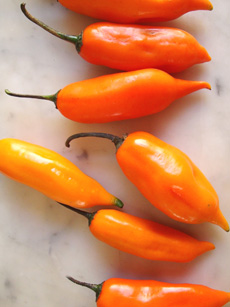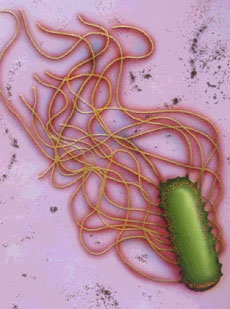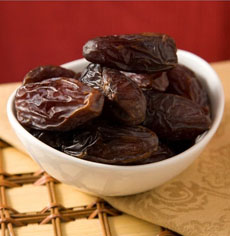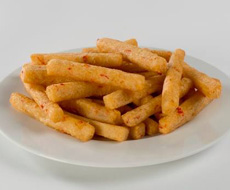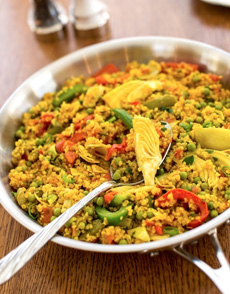
A delicious vegetable “paella” of quinoa.
Photo © Hannah Kaminsky. |
|
Paella is a Spanish pilaf traditionally made with saffron-seasoned white rice and, depending on regional preferences, different combinations of meat and seafood (here’s the history of paella and popular variations).
Vegetarians can make vegetable paella with tofu. And in this recipe, from Plant Power: Transform Your Kitchen, Plate, and Life with More Than 150 Fresh and Flavorful Vegan Recipes, you can replace the white rice as well with far more nutritious and quick-cooking quinoa.
“Every last recipe packed into this carefully crafted text are all worth making, not a single bit of fluff or page-filler to be found,” says NIBBLE contributor Hannah Kaminsky.
“One recipe that stands out is the deceptively simple Quick Quinoa Paella, an excellent example of author Nava Atlas’s skill for presenting a sound foundation that can be adapted, reinterpreted, and recreated a hundred different ways with equal success.”
You can add a conventional proteins—chicken, duck, fish, seafood. We happened to have leftover roast chicken, and added some fresh scallops and shrimp.
But quinoa is the most protein-rich grain, a complete protein with more protein per serving than milk (and perhaps the most nutritious food on earth).
Prep time is 30 minutes.
|
|
RECIPE: QUINOA PAELLA
Ingredients For 6 Servings
1 tablespoon extra-virgin olive oil or 3 tablespoons vegetable broth or water
3 to 4 cloves garlic, minced
1 green bell pepper, cut into 2-inch strips
1 red bell pepper, cut into 2-inch strips
1 cup sliced baby bella (cremini) mushrooms
2 cups vegetable broth
1-1/2 teaspoons turmeric or saffron (see note below)
1 cup uncooked quinoa, rinsed in a fine sieve
2 teaspoons fresh or 1/2 teaspoon dried thyme
1 can (14-ounces) artichoke hearts, drained and quartered
2 cups frozen green peas, thawed
2 cups diced ripe tomatoes
2 to 3 scallions, thinly sliced (white and green parts)
1/2 cup chopped fresh parsley
Salt and freshly ground pepper to taste
Optional proteins: poultry, seafood, etc.
|
|
Preparation
1. HEAT the oil, broth, or water in a large, deep skillet or stir-fry pan. Add the garlic, bell peppers, and mushrooms, if desired, and sauté over medium-low heat until softened, about 2 to 3 minutes.
2. ADD the broth, turmeric, and quinoa. Bring to a simmer and cook, covered, for 15 minutes.
3. STIR in the thyme, artichoke hearts, peas, tomatoes, scallions, and half the parsley. Check if the quinoa is completely done; if not, add 1/2 cup water. Cook, stirring frequently, just until everything is well heated through, about 5 minutes.
4. SEASON with salt and pepper, then transfer the mixture to a large shallow serving container, or serve straight from the pan. Sprinkle the remaining parsley over the top and serve at once.
|
|

Plant Power: delicious vegan recipes. Get it
on Amazon.com. Photo courtesy HarperOne. |
Saffron Or Tumeric?
As another departure from tradition, Hannah says that you can use turmeric rather than the customary saffron of paella. Saffron is harder to obtain and very expensive; but if you have it, by all means, use it. Dissolve the saffron threads in a small amount of hot water before adding to the recipe.
GET THE BOOK
“Plant Power: Transform Your Kitchen, Plate, and Life with More Than 150 Fresh and Flavorful Vegan Recipes,” by bestselling vegan author Nava Atlas, was published last week.
Pick up a copy and add more plant power to your diet.
|
|
